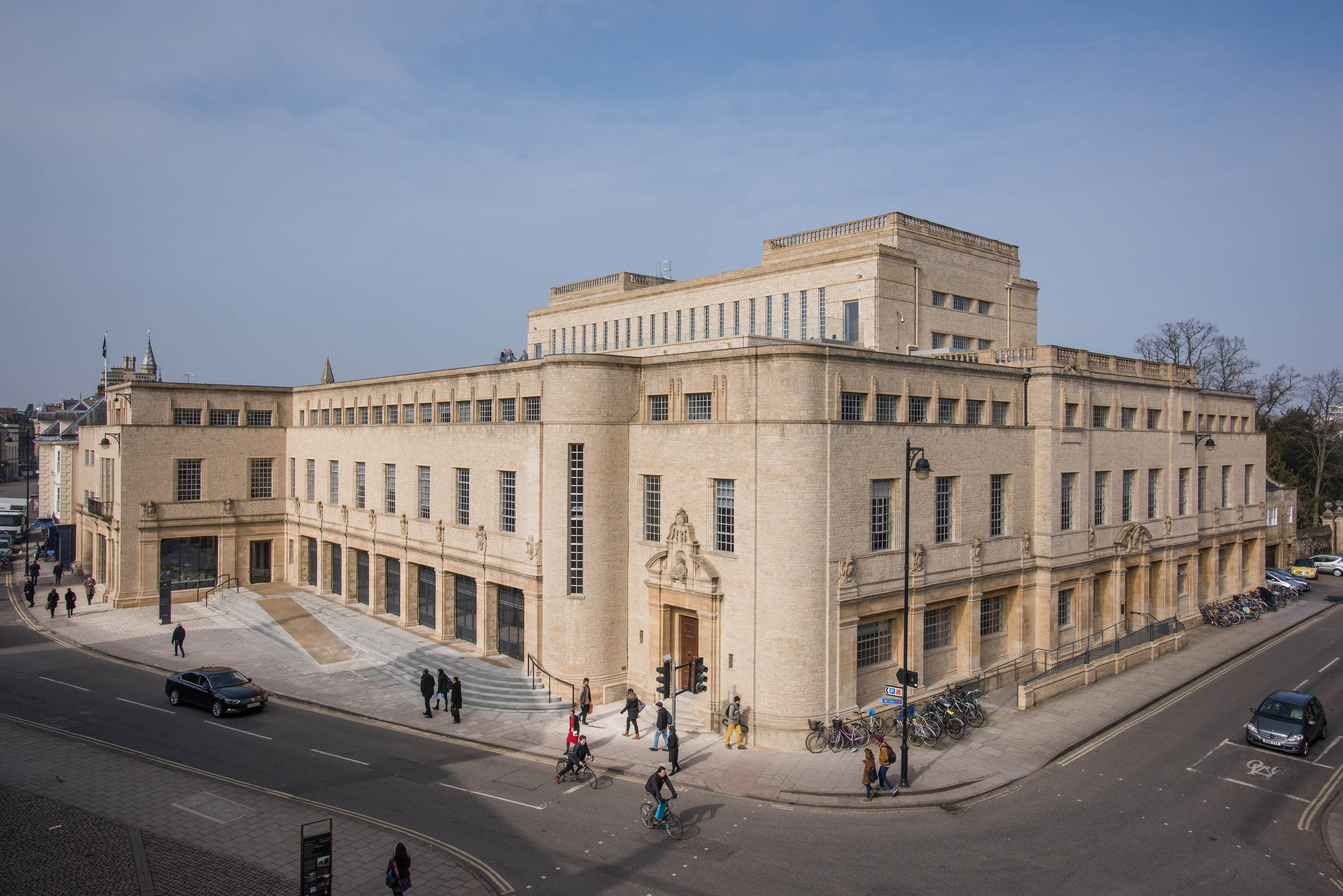The Bodleian Libraries’ outstanding collection of 1.3 million maps and half a million printed music scores can now be discovered by searching SOLO, the Libraries’ online catalogue.
The Libraries’ maps and music collections are among the largest and most important of their kind in the UK but, until now, records for the majority of their holdings were kept in old-fashioned card catalogues. Readers had to physically visit the Bodleian Library and search through cabinets of card catalogues in order to find what they were looking for.

Thanks to a three-year project funded by a £300,000 grant from the Andrew W. Mellon Foundation, almost half a million catalogue records – some of which were handwritten on slips of paper in the nineteenth century – have been converted to fully digitized records. These records were then added to the Libraries’ online catalogue, SOLO, in summer 2015.
The Bodleian’s collection of music scores – anything containing music notation, manuscript or printed – range from the original conducting score of Handel’s Messiah and the 11th- century Winchester Troper to the sheet music of contemporary pop songs.
The Bodleian’s map collection ranges in date from the fourteenth to the twenty-first century. It includes such treasures as the Gough Map, believed to be the first map of the UK, the Selden Map, a late Ming watercolour map of trade routes in the South China Sea, historic maps of Oxford and London from the sixteenth and seventeenth centuries and a collection of 2,500 World War I trench maps.
‘Now you can search for maps and music in the same way that you would search for a book, and you can search online from anywhere in the world,’ said Nick Millea, Bodleian Libraries Map Librarian.
The project has unlocked access to these collections for scholars around the world. It’s a significant milestone given that more than 40% of Bodleian readers are not members of the University of Oxford, and many scholars travel to Oxford from around the world to consult the Libraries’ special collections.
The effort to convert the card catalogues into digital records was no small task. Thousands of catalogue cards were scanned and rekeyed and then edited by a team of expert editors at the Bodleian.
Both Millea and Martin Holmes, the Alfred Brendel Curator of Music, believe that the conversion of their catalogues to electronic records will help readers discover the exceptional collections that they manage. They have already seen a marked increase in map and music orders since the records were added to SOLO.
‘Before, many readers would assume that if they couldn’t find something on SOLO we didn’t have it,’ Holmes said. ‘If they did come in to search the card catalogue they could only search by composer, so if you didn’t know the composer you were stuck.’
Maps, which could previously only be searched by place and scale, can now also be found by searching by date and publisher, and a special map search interface has been created on SOLO.

Photographed by John Cairns.
www.johncairns.co.uk
Once readers have identified what they are looking for, music items can be ordered to the Sir Charles Mackerras Reading Room and maps can be ordered to the Rare Books and Manuscripts Reading Room. Both reading rooms are located on the first floor of the Weston Library.
In addition to helping readers find the maps and music that they are looking for, the project has had several side benefits. The creation of a master catalogue housed online allows the collections to be managed more effectively. The removal of bulky card cabinets has also freed up space in the reading rooms and some of the cabinets have been repurposed as props in the Zvi Meitar Bodleian Shop in the newly refurbished Weston Library.
More information about the Bodleian Library Map Room can be found at: http://www.bodleian.ox.ac.uk/maps
More information about the Bodleian’s Music collection can be found at: https://www.bodleian.ox.ac.uk/weston/finding-resources/guides/music
Elaine Bible. PR & Communications Officer, Bodleian Libraries
[…] Bodleian’s entire maps and music collection now searchable online (IAML (UK & Irl) […]